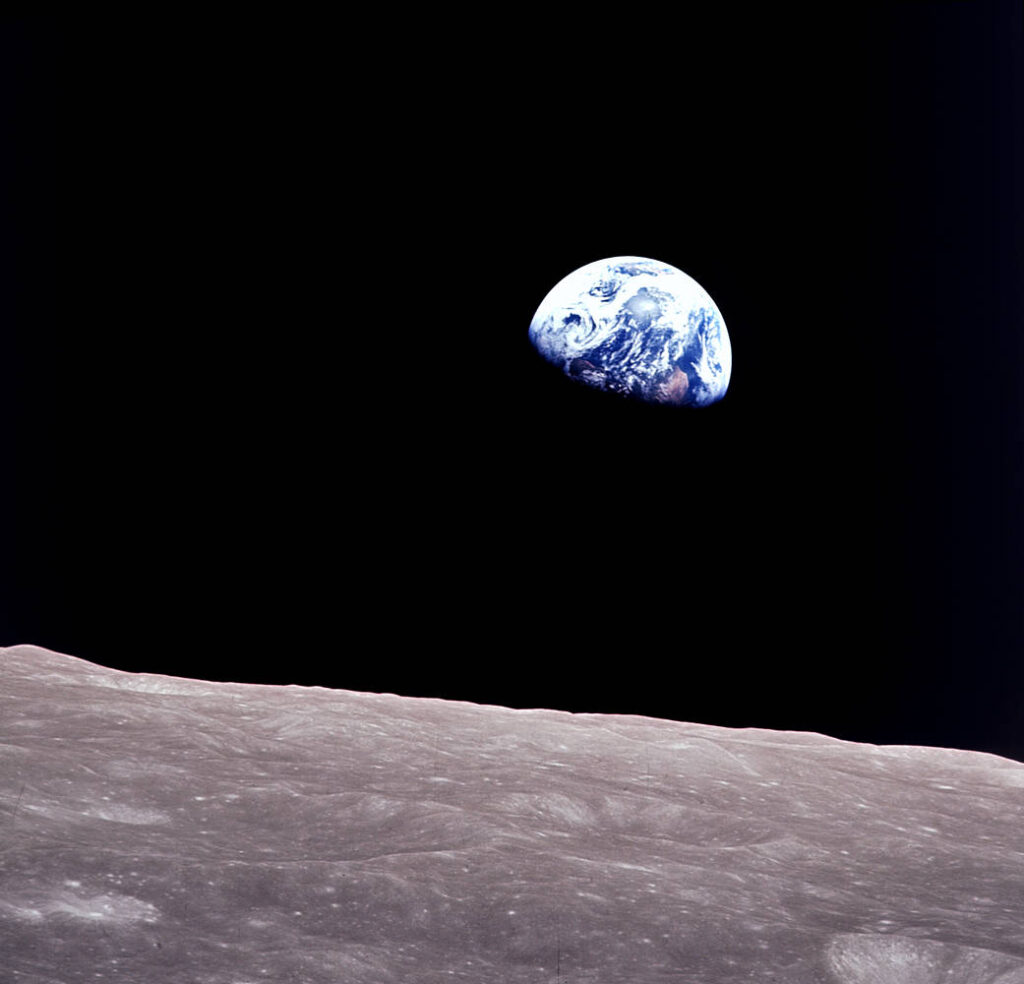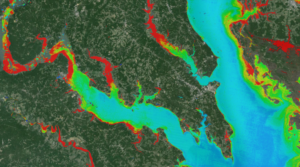 The European Commission (the body that proposes European Union legislation) is planning to provide open access to all public data—geographical, statistical, meteorological, publicly-funded research data, etc. Their goal is to make data collected with taxpayer dollars easy to find, access, and re-use at little or no cost.
The European Commission (the body that proposes European Union legislation) is planning to provide open access to all public data—geographical, statistical, meteorological, publicly-funded research data, etc. Their goal is to make data collected with taxpayer dollars easy to find, access, and re-use at little or no cost.
European public sector agencies that have revised data policies to make data available for little or no cost have seen increased data use by 1,000–10,000 percent. Cost-lowering has spurned new and innovative data uses and attracted new types of data users.
Open-access to geographic information—one of these key data sets—not only results in new data uses and users, but also creates jobs. As the geomatics magazine GIM Internationalreports, “The market size and growth of the geographic information sector shows the potential of public data as an engine for job creation. The German market for geo-information in 2007 was estimated at €1.4 billion, a 50 percent increase since 2001. In the Netherlands, the geo-sector accounted for 15,000 full-time employees in 2008. Other areas such as meteorological data, legal information and business information also form the basis of steadily growing markets.”
For Further Information:
+ Europe Opens Access to Public Data, GIM International [external link]






